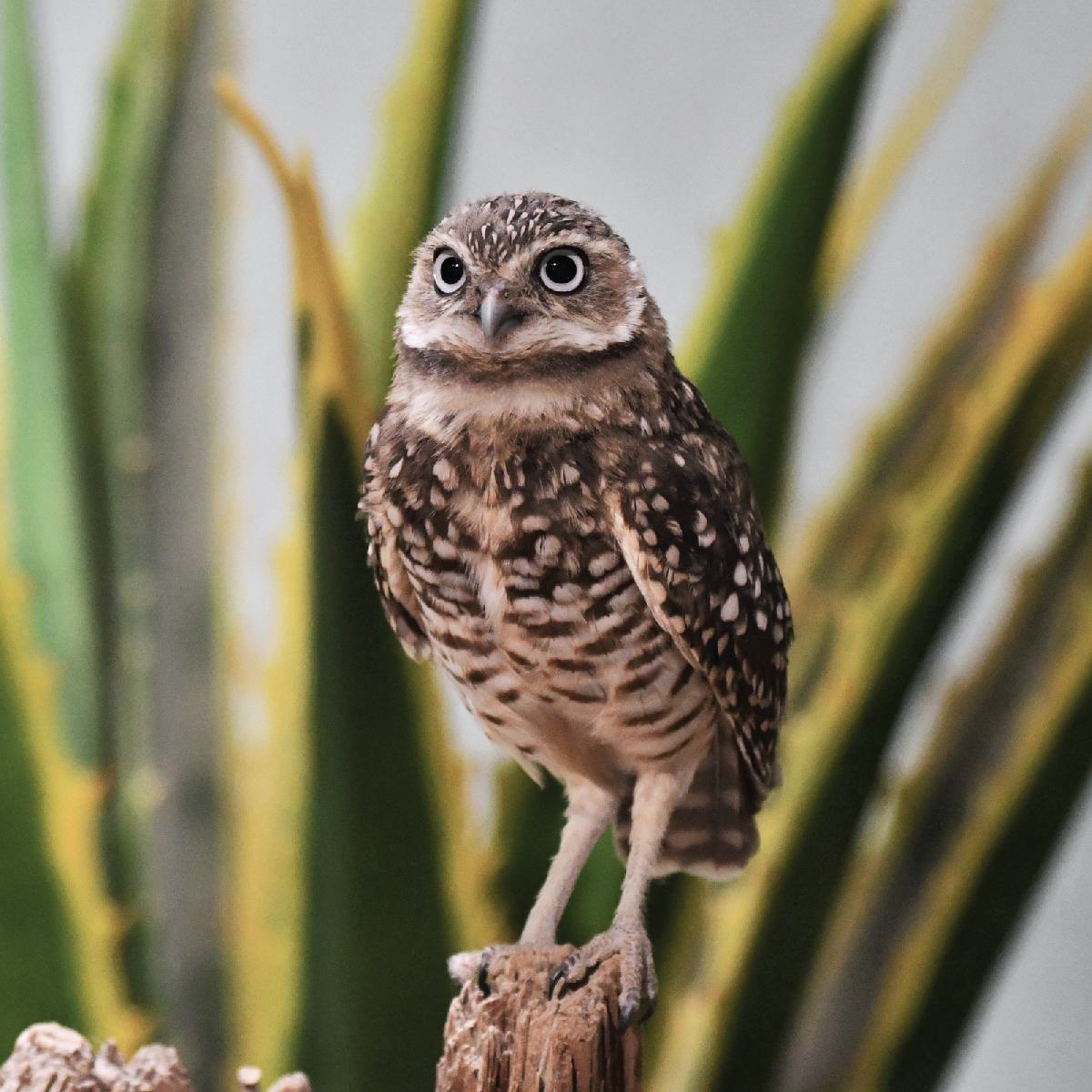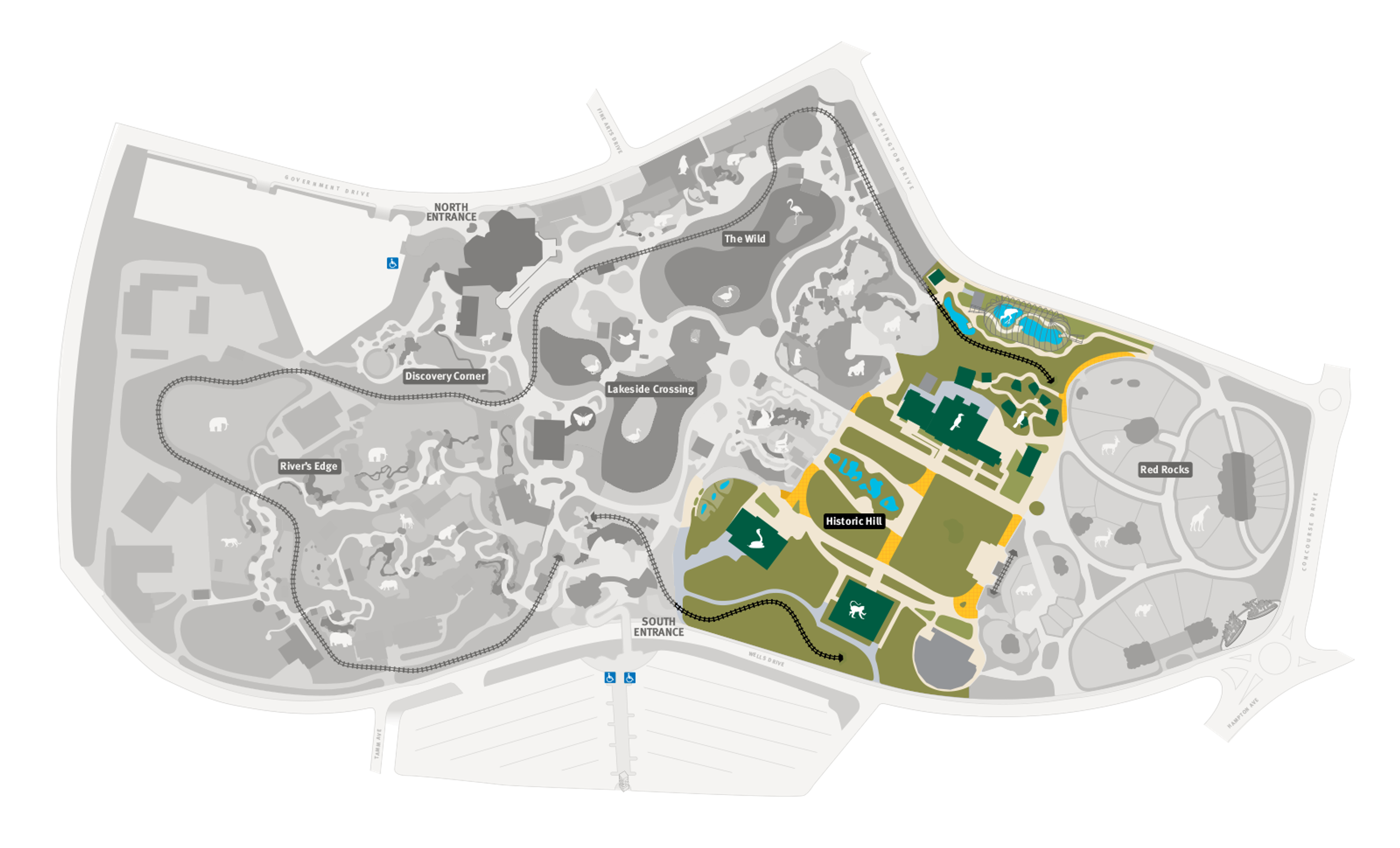
Burrowing Owl
Athene cunicularia
Did you know?
- Burrowing owls are a part of the Strigidae family, which they share with many other owls.
- Their scientific name is based on the Greek goddess Athena.
- They live in grasslands and similar habitats in North and South America.
- Like other owls, they store extra food in their burrows, a behavior called caching.
- A female will lay up to 12 eggs at a time.
Adaptations
Unlike other owls, burrowing owls live mainly underground in burrows. To thrive in this habitat, they have adopted a high tolerance for carbon dioxide. This intelligent species will take advantage of burrows made by other animals instead of wasting energy making a new one. They also use animal scats to attract bugs, saving them time and energy in the hunting process.
Young and Family
Typically, burrowing owls are monogamous. To make up for egg loss due to predators, burrowing owls can lay up to 12 eggs at a time, more than any other North American bird of prey. The incubation period is about 30 days, during which time the female sits on the eggs and the male brings her food. Young burrowing owls can make a noise that mimics a rattlesnake in order to scare off predators. They also head bob to show excitement.
Threat Level
- Unknown
- Common
- Near Threatened
- Threatened
- Endangered
- Critically Endangered
- Extinct in the Wild
Common
The burrowing owl is widespread and abundant.
Range
North and South America
Habitat
Open grasslands, prairies, farmland

We care about Burrowing Owls
Burrowing owls suffer from many threats, including habitat destruction. The Saint Louis Zoo participates in the Species Survival Plan for burrowing owls. This is a cooperative breeding program, with a number of zoos working together to ensure the survival of the species. We also support them in the Bird House at the Zoo. Learn more about how we are helping wildlife around the world.
Find this animal in Historic Hill

SAINT LOUIS ZOO ZONE
Historic Hill
Historic Hill is a lovely stroll through one of the oldest parts of the Saint Louis Zoo. From the 1904 World’s Fair Flight Cage to the Spanish architectural flavor of the 1920s in the Bird House, Primate House and Herpetarium to the finishing touches of our thoroughly modern exhibits, this area of the Zoo has a unique ambiance and a nostalgic history that make it a great destination.

